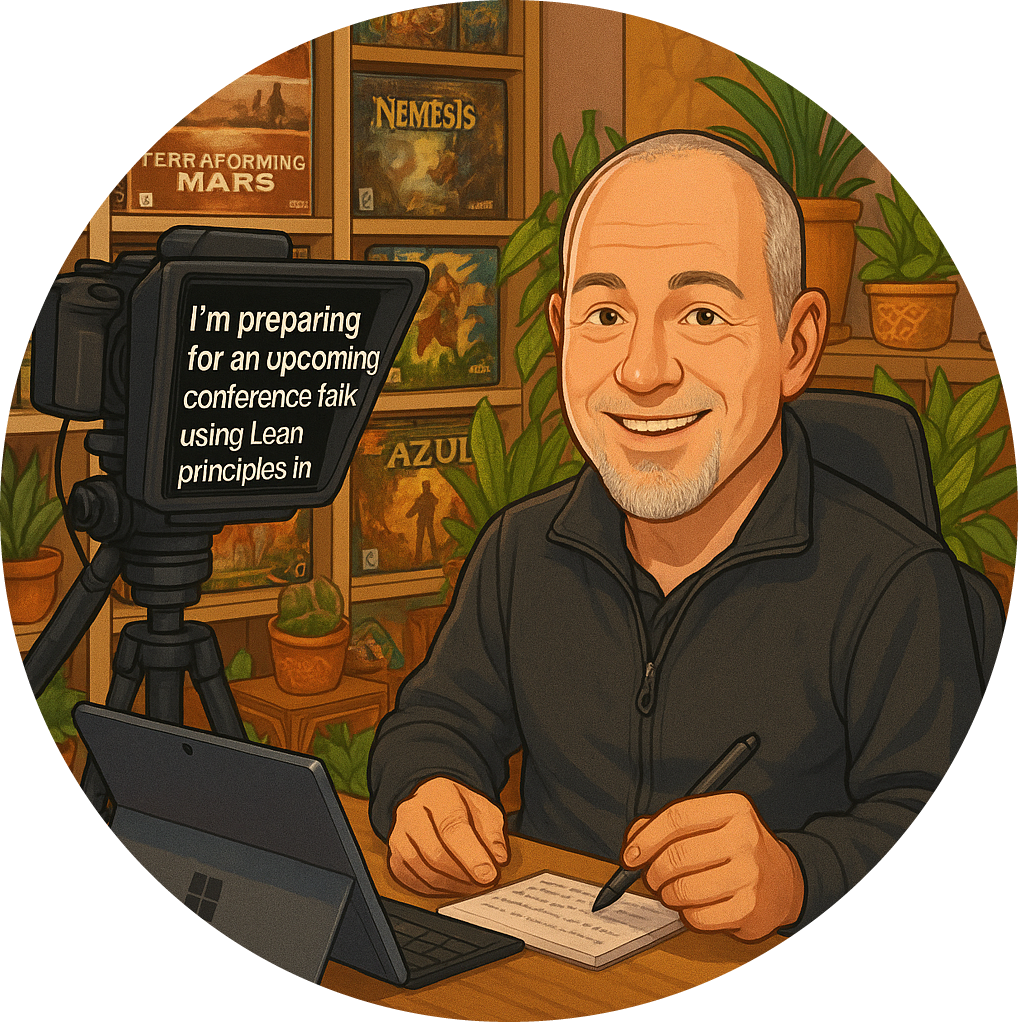What is the most common Aha moment people have in a scrum course?
It depends on the scrum course they are attending. The content presented in the Applying Professional Scrum (APS) course leads to very different epiphanies when compared to the content presented on an Advanced Professional Scrum Master (PSM II) course.
Empiricism
Regardless of the scrum course that people attend, I think the most common epiphany people have relates to how strong the foundation of empiricism runs throughout scrum and achieving agility.
Empiricism is:
Inspection.
Adaptation.
When you talk to people about the purpose behind the event, such as a sprint retrospective, or the purpose behind an artefact, such as a sprint backlog, you see how the dots connect for people.
Because we’ve mostly grown up in traditional management and project management environments, we are taught to follow the rules and obey the procedures, but we are never encouraged to question why those things exist in the first place.
We are taught to blindly follow the path built by others rather than interrogate the meaning and purpose of these rules, regulations, processes, and steps so it comes as a surprise to people that there is a deep purpose behind each of the elements of scrum.
If you have ever solved complex problems or created complex solutions, the purpose of the scrum elements makes a great deal of sense immediately. You can immediately connect the dots between what you’re doing and the value you will derive from doing it that way.
Epiphany
I’ve seen scrum masters with several years’ experience realise that they had no real understanding of the purpose that underpins scrum, its events, and artefacts. I’ve also seen people who have no experience with scrum just get it right away.
It just connects with them in a visceral way and inspires them to want to work with the framework.
People understand and follow the mechanics of scrum, but they aren’t deriving the real value of the framework because they didn’t understand the purpose of each element. They didn’t understand what the cocreators of scrum were trying to achieve by creating those elements.
It’s the moment where they recognise that there is tremendous value in each element of the scrum framework if they use it correctly and approach the element correctly. The realization that something of tremendous value has been right under their noses the entire time.
Example
I was delivering an APS (Applying Professional Scrum ) course earlier today, and people who had been working with scrum for YEARS all mentioned how they had never seen an element of scrum in that light before.
Had never connected the dots to the purpose of an event or artefact, and how that would transform how they worked in future.
A lightbulb moment that deeply inspires people to go read the scrum guide afresh and approach each element of the scrum framework with a newfound respect and inspiration.
The realization that everything they desperately need to succeed has been right in the palm of their hands all along. They just didn’t know how to access high-performance using the framework before.
So, that is always a great validation for me that there is a significant difference between reading a scrum guide versus being taught, coached, and mentored by a scrum professional.
Elements that underpin Scrum
People also fail to recognize just how important scrum values are, how important agile values and principles are, how the pillars of empiricism play such a critical role in helping teams navigate complexity and uncertainty.
When they understand the purpose of these things, why they are necessary and valuable, and how leveraging those elements leads to high-performance, you can see the penny drop right away.
Again, people are used to following procedures and imagine that scrum is a series of steps in much the same way as project management insists you check certain boxes along the way.
It isn’t.
Scrum is a radical departure from anything that requires you to follow it by rote. In a project management environment, you can disengage and do the thing with your eyes closed exclusively from memory, whilst agile and scrum require deep commitment and engagement.
You aren’t supposed to jump onto the merry-go-round, you are supposed to be an intelligent, creative, cocreator in the valuable product, feature, or service that is being created. You are supposed to be challenging yourself to find a better way, every day, and using the power of teamwork to extract your highest performances.
Layering
When you add to their layers of understanding with things like hypothesis-driven engineering, showcased in the PSU ( Professional Scrum with User Experience ) course, you see people light up like a Christmas tree.
Once they have the firm understanding of the fundamentals, everything else slots firmly into place and people can start to glimpse the benefits of adopting these practices using their foundation knowledge as a point of departure.
“What is described as elite performance is mostly just the fundamentals taken to the limits of their vast potential.” – John Donaher
So, getting the basics right is incredibly important for mastering scrum and deriving the greatest benefits from each of the elements of scrum and other agile frameworks .
If you’re looking to land your own epiphany, visit https://nkdagility.com/training/ and find a course that best fits your objectives.
About NKD Agility
Naked Agility is an #agile consultancy that specializes in #scrumtraining, #agilecoaching and #agileconsulting to help teams evolve, integrate, and continuously improve.
We recognize the positive impact that a happy AND inspired workforce can have on customer experience, and we actively help organizations to tap into the power of creative, collaborative, and high-performing teams that is unique to #agile and #scrum environments.
If you are interested in #agiletraining, visit https://nkdagility.com/training/
If you have identified the need for #agilecoaching and #agileconsulting, visit https://nkdagility.com/agile-consulting-coaching/
We would love to work with you.
#scrum #agile #scrumteam #agileprojectmanagement #agileproductdevelopment #projectmanagement #productdevelopment #agilecoach #agileconsultant #agiletraining #scrumtraining #scrumorg



























